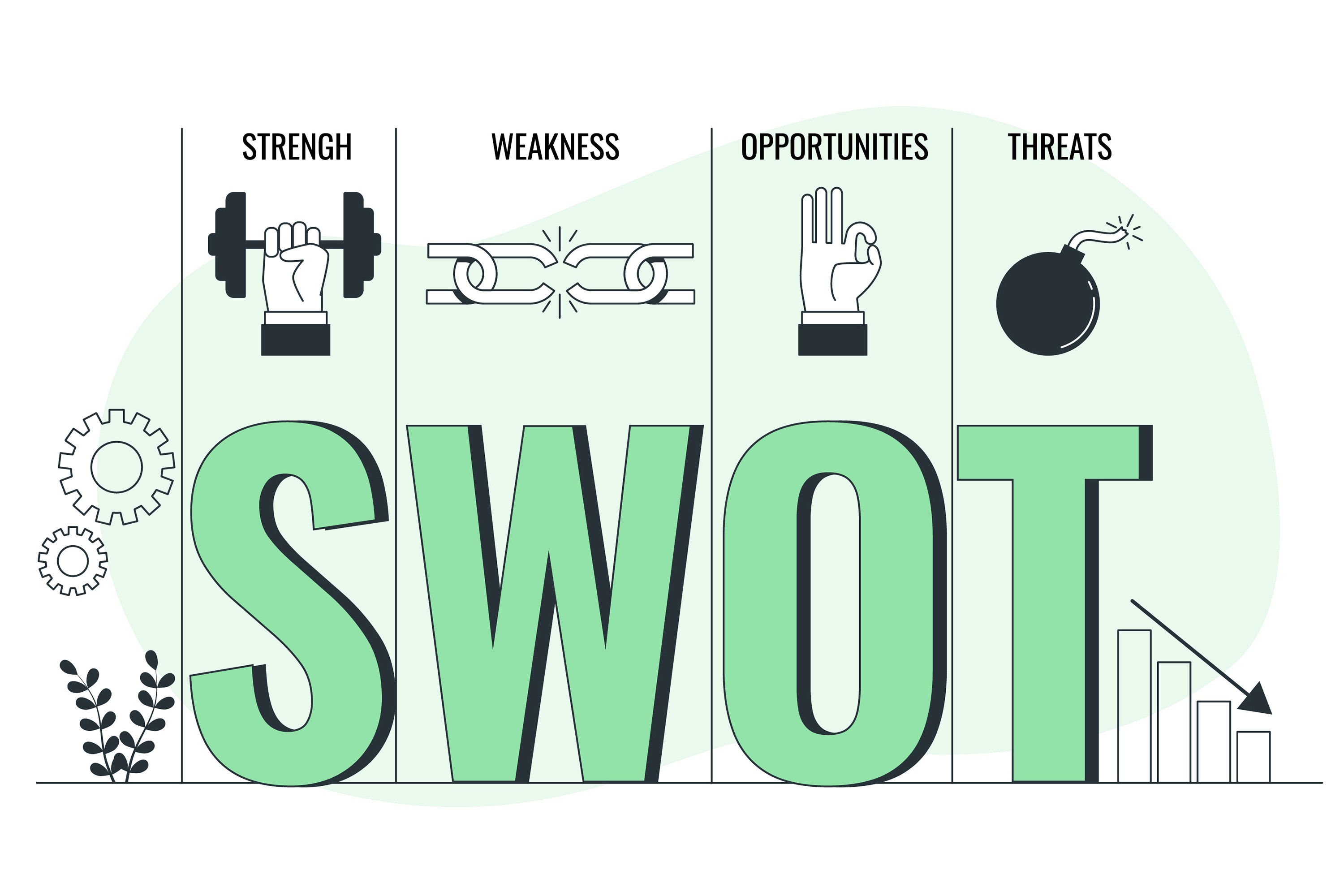Partner
•
3 mins
19 November 2024
What are OGSM and Balanced Scorecard?
OGSM and Balanced Scorecard are two commonly used methods for structuring and measuring business objectives. OGSM stands for Objectives, Goals, Strategies, and Measures, while the Balanced Scorecard is a performance management framework that combines financial and non-financial metrics.
OGSM provides a clear structure for defining the overarching goal of an organization, quantifiable objectives, strategies to achieve these, and concrete metrics. The Balanced Scorecard, on the other hand, looks at performance from four perspectives: financial, customer, internal processes, and learning & growth. Both methods help companies translate their vision into concrete actions.
The core principles of OGSM and Balanced Scorecard
OGSM revolves around focus and alignment. It forces organizations to make sharp choices and direct all activities towards the main objective. The strength lies in the simplicity and the direct link between strategy and execution. Every employee can see how their work contributes to the bigger picture.
The Balanced Scorecard emphasizes balance and coherence. By not only looking at financial results but also at customer satisfaction, internal processes, and innovation, a more complete picture of organizational performance emerges. It helps companies align short-term actions with long-term goals and make cause-and-effect relationships clear.
Comparison between OGSM and Balanced Scorecard
While both methods aim to improve strategic management, they differ in approach and focus. OGSM is often more direct and action-oriented, with a clear hierarchy from goals to actions. The Balanced Scorecard offers a broader perspective and places more emphasis on the interrelationships between different performance areas.
OGSM is generally easier to implement and communicates the strategy clearly to all levels of the organization. The Balanced Scorecard requires more time and resources to set up but provides a more detailed picture of organizational performance and helps identify improvement areas in various business processes.
When should you opt for OGSM?
OGSM is particularly effective for organizations that need a clear, action-oriented strategy. It works well in situations where rapid alignment and focus are crucial, such as in start-ups or companies in a turnaround phase. OGSM is also very suitable for project management and driving specific initiatives.
Choose OGSM if your organization struggles with fragmented objectives or if there is a need for a simply communicable strategy. It helps to translate complex plans into concrete, measurable actions that are understandable to everyone.
When should you opt for Balanced Scorecard?
The Balanced Scorecard is ideal for larger, more complex organizations that want a holistic view of their performance. It is particularly useful when there is a need for a balanced approach across different performance areas and when it is important to understand the interrelationships between these areas.
Choose the Balanced Scorecard if your organization wants to work on long-term value creation and improve performance across multiple fronts simultaneously. It is also a good choice if there is a need for a detailed dashboard to monitor company performance.
Practical implementation of OGSM and Balanced Scorecard
When implementing OGSM, it is crucial to start with a clear, inspiring objective. Involve the entire management team in formulating the strategy and ensure that each department develops its own OGSM that aligns with the overarching plan. Regular reviews and adjustments are essential to keep the method effective.
For a successful implementation of the Balanced Scorecard, it is important to first clearly define the strategy and then select the right KPIs for each perspective. Invest time in developing a good IT infrastructure to collect and analyze data. Ensure broad involvement in the organization and use insights to continuously improve.
Common challenges in choosing and implementing
A common challenge with both methods is finding the right balance between ambition and feasibility. With OGSM, it can sometimes be difficult to define the right metrics that are truly indicative of strategic success. The complexity of the Balanced Scorecard can be overwhelming, leading to 'analysis paralysis'.
For both methods, cultural change is often a significant challenge. It requires a different way of thinking and working. Consistent communication, training, and leadership are crucial to making the new approach succeed. Stay flexible and be prepared to adjust the implementation based on feedback and changing circumstances.



